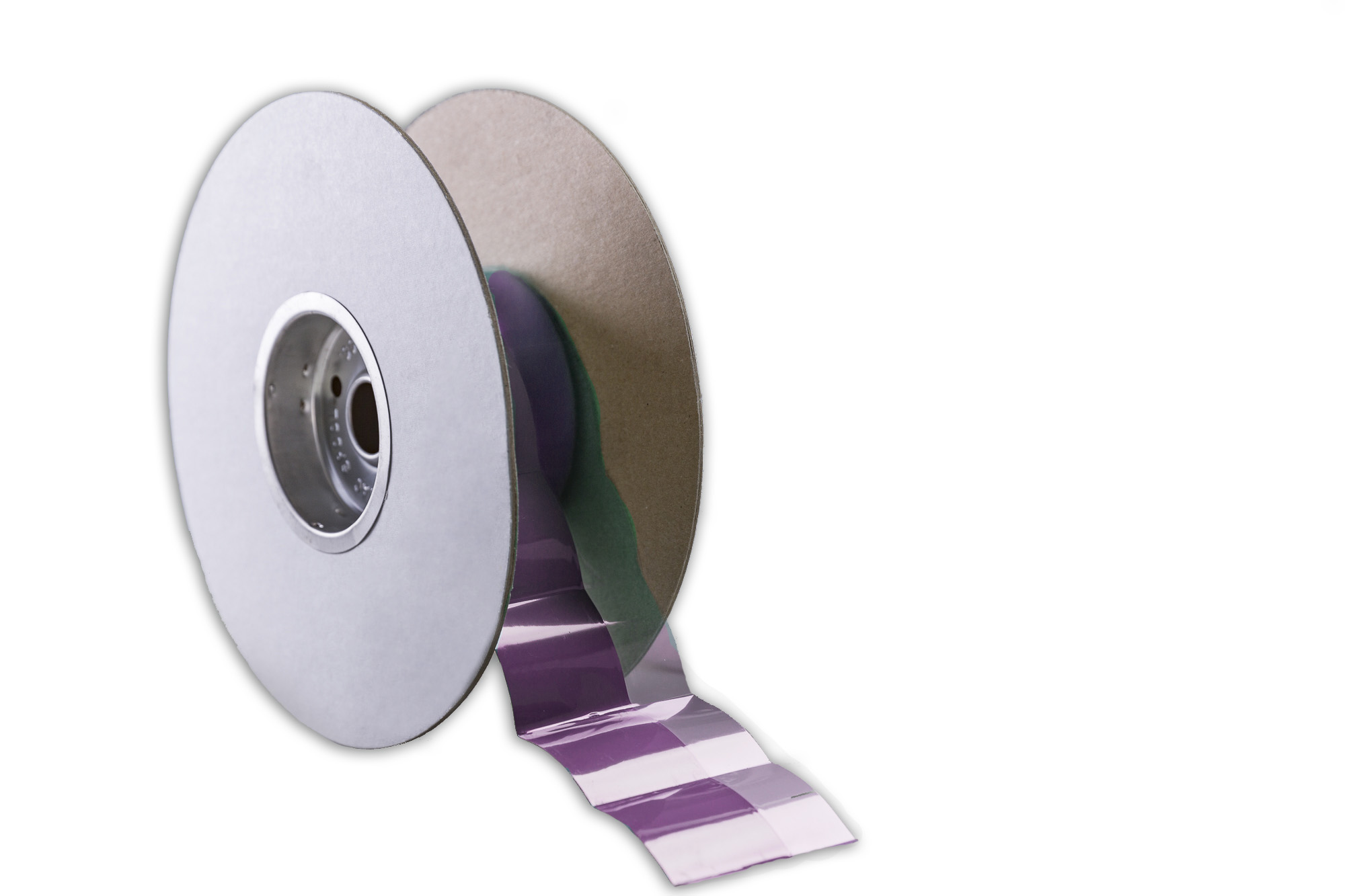PTM 6000 | Phase Change Pad
- Higher reliability than PTM5000
- 3.5 - 4.5 Thermal Conductivity
- Pad form
Product Description
PTM6000 has almost identical properties to PTM5000 but it is a higher reliability version . It is designed to minimize thermal resistance at interfaces and maintain extremely stable performance through reliability testing required for long product life applications. As with all Phase change materials, it has stable Thermal Impedance across accelerated aging tests and does not display bleed, pump or flow out. It can withstand temperatures up to 150°C.
PTM6000 has a Thermal conductivity of 3.5 - 4.5 (W/m·K) depending on the bondline thickness and is based on a robust polymer PCM structure that exhibits excellent wetting properties during typical operating temperature ranges, resulting in very low surface contact resistance. The proprietary material provides superior reliability and maintains low thermal impedance (0.06-0.08) , making it desirable for high-performance integrated circuit devices.
Technical Specifications
| General Properties | |
| Specific Gravity Specific Gravity Specific gravity (SG) is the ratio of the density of a substance to the density of a reference substance; equivalently, it is the ratio of the mass of a substance to the mass of a reference substance for the same given volume. For liquids, the reference substance is almost always water (1), while for gases, it is air (1.18) at room temperature. Specific gravity is unitless. | 2.3 |
| Thickness range | 0.20 - 1.00 mm |
| Thermal Properties | |
| Specific Heat Capacity Specific Heat Capacity Specific heat capacity is the amount of heat energy required to raise the temperature of a substance per unit of mass. The specific heat capacity of a material is a physical property. It is also an example of an extensive property since its value is proportional to the size of the system being examined. | 0.97 J/g.K J/(g⋅°C) |
| Thermal Conductivity Thermal Conductivity Thermal conductivity describes the ability of a material to conduct heat. It is required by power packages in order to dissipate heat and maintain stable electrical performance. Thermal conductivity units are [W/(m K)] in the SI system and [Btu/(hr ft °F)] in the Imperial system. | 3.5 - 4.5 W/m.K |
| Thermal Impedance | 0.06 - 0.08 °C·cm²/W |
| Electrical Properties | |
| Volume Resistivity Volume Resistivity Volume resistivity, also called volume resistance, bulk resistance or bulk resistivity is a thickness dependent measurement of the resistivity of a material perpendicular to the plane of the surface. | 2.1x1014 Ohms⋅cm |
Additional Information
PTM6000 Dripping Test
A TIM dripping test is conducted on a Honeywell PCM to evaluate its thermal stability and mechanical integrity under evaluated temperatures and during applications that were positioned vertically. It assesses whether the PCM can maintain its position and effectiveness without dripping or flowing out of place when subjected to high temperatures.
- The PCM pellet samples were prepared with a diameter of 15mm and thickness of 2mm and 3mm. Sample pellets were placed on ceramic and copper substrates and secured vertically to simulate conditions where gravity could cause dripping.
- The samples were placed in an oven at 90°C and 105°C, respectively. They were maintained at the target temperature and inspected every 15 minutes for signs of dripping, flowing, or displacement.
- After heating for one hour, a visual inspection was performed to check for dripping or flow marks. The displacement or loss of TIM was measured to quantify the amount of material that had dripped or moved.
The dripping test shows the flow marks of the Honeywell PCM samples.
The results show good adhesion of PTM6000 on the ceramic surface under 90°C temperature, indicating low pump-out risk. The TIM remains in place without signs of dripping, sagging, or flowing away from the applied area for the 2mm & 3mm thick samples. The bond line between the TIM and substrate remains intact and uniform. However when PTM6000 was subjected under 105°C temperature, dripping were observed after 15 minutes of the test.

BLT vs TI for various Phase change materials


150°C HTS trend for PTM6000




